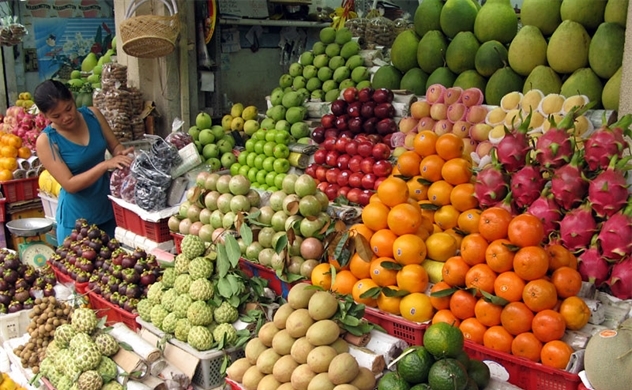Vietnamese Fruit and Vegetable Exports to EU Increase Thanks to EVFTA

Photo: flickr.com/
The tariff preferences offered by the EVFTA have helped increase the export of many Vietnamese goods to the EU, including fruits and vegetables. As a result, in the first 11 months of 2022, Vietnam became the 59th largest supplier of fruits and vegetables to the EU, with an estimated value of $235 million, up nearly 8% in volume and 35% in value compared to the same period in 2021, according to Eurostat.
Despite this growth, most types of fruits and vegetables imported from Vietnam to the EU still have a low proportion compared to the import demand of the block. However, among them, the group of fruits and nuts (HS 08) is the most imported from Vietnam to the EU, accounting for only 0.09% of the total import value.
The main export markets for Vietnamese fruits and vegetables are the Netherlands, Belgium, Germany, Italy, and France.
Additionally, the recent removal of 50% control over four types of herbs (coriander, basil, mint, and spearmint) by Europe is expected to boost the export value of this category in the future.
Before the EVFTA came into effect, Vietnamese fruits and vegetables exported to the EU enjoyed preferential tariff rates under the Generalized System of Preferences (GSP) but were still relatively high at 10-20%. As of August 1, 2020, approximately 94% of the total 547 tax lines for fresh and processed fruits and vegetables in the EU were reduced to 0%, including many competitive export products of Vietnam.
The EVFTA is considered an opportunity for Vietnamese agricultural products to deeply integrate into a large, high-priced market, but it also poses a challenge that requires production and export businesses to change even more to achieve sustainable export growth to this market. However, with the advantage of tariff preferences and the increasing demand for high-quality and diverse agricultural products in the EU, Vietnamese fruit and vegetable exports are expected to continue to grow in the coming years.
Source: Bao Dau Tu

 TIẾNG VIỆT
TIẾNG VIỆT 

_131447820.png)














